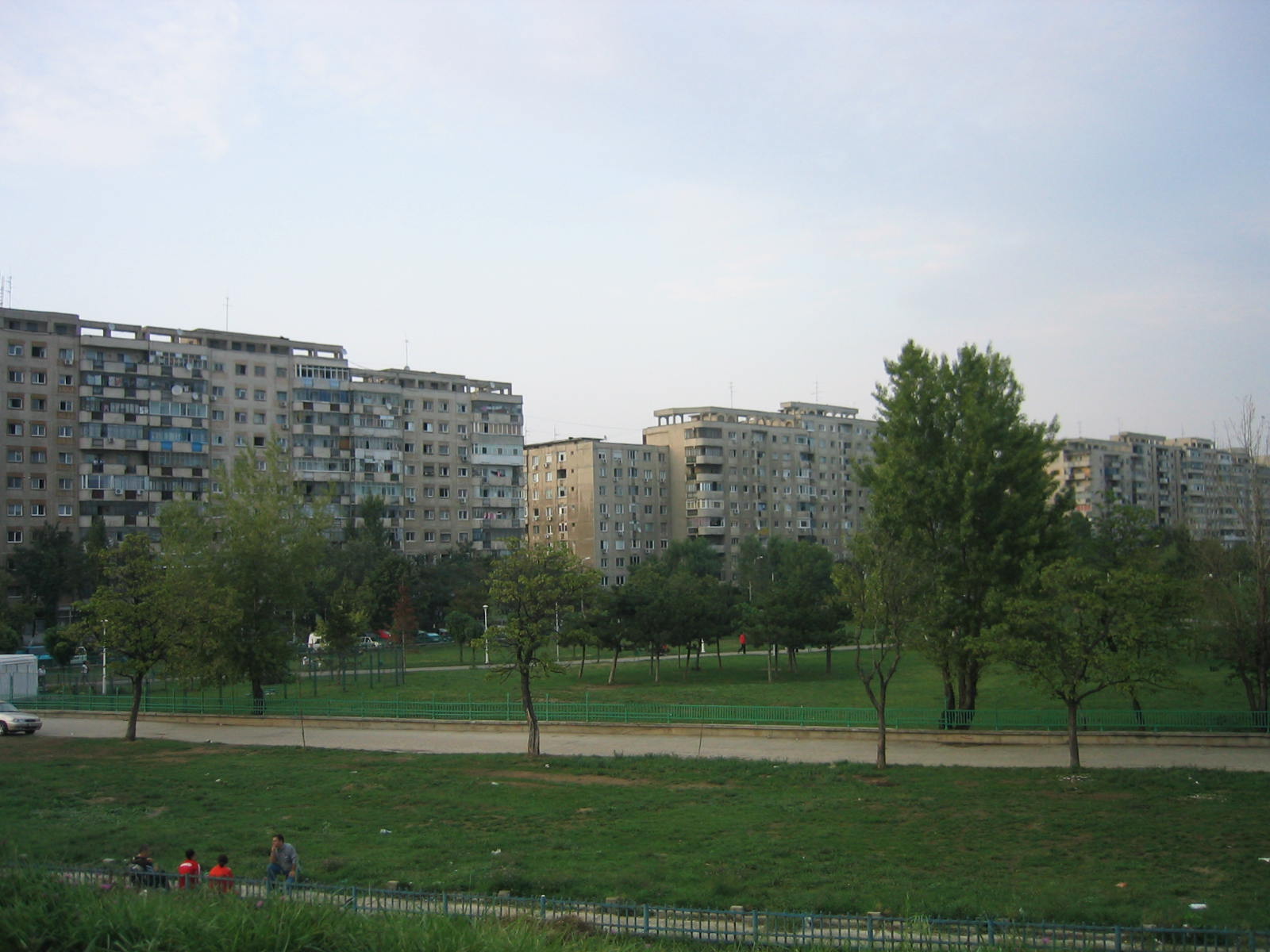|
|
Crângași, Romania, Europe |
|
|
|
|
|
|

Crangasi Park
source: https://ro.wikipedia.org/
wiki/Cr%C3%A2nga%C8%99i

Crangasi lies on the edge
of Lake Morii.
source: https://ro.wikipedia.org/
wiki/Cr%C3%A2nga%C8%99i
|
"During the interwar period of Bucharest, Crângași was part of the Black Sector of the Capital, the current sector 6, knowing that, at that time, Bucharest was divided into five sectors, within four colors: yellow, black, blue and green. When the administrative name of districts was adopted in 1952, sector 6 included Gheorghe Gheorghiu-Dej districts and part of Lenin district.
Between 1940 and 1960 , the land in this area, less affected by the periodic floods (spring) of Dâmbovița, began to be occupied in successive stages by the individual houses, made of cobwebs and adobe, of poor families.
In 1946 , the youth organization of the National-Peasant Party was established , from Voievodul Mihai commune, as the current Crângași - Giulești neighborhood was called at that time. This organization belonged to the sector led by Mr. Ion Marinache and was consolidated during the election campaign of the same year, numbering about five or six hundred young people in the constituency, from Grant Bridge , Crângași neighborhood, to the end of trams 11 and 2 , in Giulești-Sârbi.
Starting with 1960 , the first blocks of flats for metallurgy workers, who came from Hunedoara to Bucharest, to work on the production sector of the Institute of Metallurgical Research (ICEM) on the shore, began to be built on the remaining plots Lake Morii , hence the name of some blocks as ICEM13. Their construction was completed in 1962.
Following the floods of the 70s , Crângași was among the most affected areas. The neighborhood was later developed, when most of the 4, 8 and 10 storey blocks were built (especially those in the 772 Series, with 8 floors of prefabricated panels, which occupy a large part of the neighborhood). On December 22, 1984, the metro station in the area was inaugurated, and in 1986, a large part of the old neighborhood fell victim to Lake Morii, the residents of the area being moved to the blocks on Crângași Road, built 2 years ago. Tram 41 first arrived here in 1984, its route being fully opened in 1987. In the early years, it did not benefit from an end of the loop line, as construction sites in the area did not allow such a thing, so line 41 in the first 3 years used two-way trams.
Nowadays, Crângași is an important commercial center, hosting markets and an important agri-food center. In 2011, the renovation of some blocks began, being intensified in November 2018 when the renovation of several blocks on Bd. Constructorilor started, but many of these blocks are still in their original condition."
source: https://ro.wikipedia.org/wiki/Cr%C3%A2nga%C8%99i |
|
2008 - 2024 disclaimer
|

